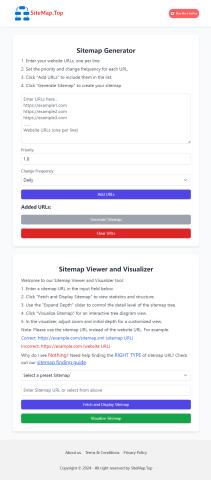Software security services are professional services aimed at ensuring the confidentiality, integrity, availability of software applications and systems. These services involve a range of activities designed to protect software from threats such as unauthorized access, data breaches, malware, and other cyberattacks. Here’s a comprehensive overview of what software security typically include:
Key of Software Security Services
1. Security Assessment and Audits
- Vulnerability Assessment: Identifying and evaluating vulnerabilities in software applications and systems.
- Penetration Testing: Simulating cyberattacks to identify security weaknesses that could be exploited.
- Code Review: Analyzing the source code to detect security flaws and vulnerabilities.
- Compliance Audits: Ensuring that the software complies with industry standards and regulatory requirements (e.g., GDPR, HIPAA, PCI-DSS).
2. Threat Modeling and Risk Assessment
- Threat Modeling: Identifying potential threats and attack vectors.
- Risk Assessment: Evaluating the potential impact and likelihood of identified threats and vulnerabilities.
3. Security Architecture Design
- Secure Design Principles: Implementing best practices such as least privilege, defense in depth, and secure coding standards.
- Security Frameworks: Utilizing frameworks and methodologies like OWASP, NIST, and ISO/IEC 27001 to guide security architecture.
4. Identity and Access Management (IAM)
- Authentication: Implementing secure authentication mechanisms such as multi-factor authentication (MFA).
- Authorization: Ensuring proper access controls and role-based access to sensitive data and functionalities.
- Single Sign-On (SSO): Enabling users to securely access multiple applications with a single set of credentials.
5. Data Protection
- Encryption: Implementing encryption for data at rest and in transit to protect sensitive information.
- Data Masking: Obscuring specific data within a database to protect it from unauthorized access.
- Data Loss Prevention (DLP): Implementing measures to prevent data breaches and unauthorized data transmission.
6. Application Security
- Secure Coding Practices: Training developers on secure coding techniques and guidelines.
- Static Application Security Testing (SAST): Analyzing source code for security vulnerabilities.
- Dynamic Application Security Testing (DAST): Testing the running application for vulnerabilities.
- Software Composition Analysis (SCA): Identifying vulnerabilities in third-party libraries and dependencies.
7. Network Security
- Firewalls and Intrusion Detection Systems (IDS): Implementing network security measures to monitor and protect against unauthorized access and attacks.
- Virtual Private Networks (VPNs): Ensuring secure remote access to software and systems.
8. Incident Response and Management
- Incident Detection: Monitoring for security incidents and breaches.
- Incident Response: Developing and implementing response plans to mitigate the impact of security incidents.
- Forensics: Analyzing security incidents to understand the cause and prevent future occurrences.
9. Security Monitoring and Maintenance
- Continuous Monitoring: Implementing tools and processes for real-time monitoring of security events.
- Patch Management: Regularly updating and patching software to address vulnerabilities.
- Security Information and Event Management (SIEM): Collecting and analyzing security-related data to detect and respond to threats.






